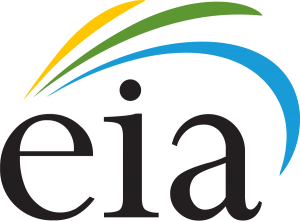 The Energy Information Administration reports that this past summer, the price of fuel ethanol was lower than the price of the petroleum component of gasoline, which led to record-high fuel ethanol levels in gasoline sold in the country.
The Energy Information Administration reports that this past summer, the price of fuel ethanol was lower than the price of the petroleum component of gasoline, which led to record-high fuel ethanol levels in gasoline sold in the country.
“The fuel ethanol blend rate, based on our data going back to 2007, established a new record summer average of 10.5% in 2022,” EIA reports. “Last year, the average summer blend rate was 10.3%. In 2020, the EPA also issued a summertime E15 fuel waiver, bringing the average summer blend rate to 10.4%. The summer blend rate was 10.0% in 2019 and 10.1% in 2018, and it averaged lower percentages in all previous years.”
EIA says ethanol’s price discount to gasoline was one factor that led to the higher summer blend rate in 2022. “Although ethanol prices have been high in 2022, they have been low relative to gasoline prices, which were at their highest since 2014 this summer because of low domestic inventories and constraints on refining capacity. When factoring in the renewable identification number (RIN) credit for blending ethanol with gasoline, ethanol’s discount to gasoline has been especially strong.”
Renewable Fuels Association President and CEO Geoff Cooper says the EIA analysis confirms that American drivers gravitated toward lower-cost E15 and E85 this summer as war in Ukraine drove pump prices to record heights. “The report also demonstrates that President Biden made the right call by issuing emergency waivers to allow the continued sales of E15 through the summer months,” said Cooper. “The Biden administration’s emergency waivers helped stave off fuel shortages and ensured consumers had uninterrupted access to E15, which was typically priced 20-40 cents per gallon lower than regular gasoline. EIA’s analysis also shows that consumption of lower-carbon renewable fuels increases, as expected, when the Renewable Fuel Standard and its RIN market mechanism are allowed to work as intended. This report comes at a critical time and underscores the importance of permanently removing the summertime barrier to E15 sales and implementing robust RFS volume requirements for 2023 and beyond.”
Cooper notes that the report matches a recent analysis by RFA Chief Economist Scott Richman, which found an additional 194 million gallons of E15 were sold during the summer as a result of the Biden administration’s RVP waivers, saving American consumers $57 million.

